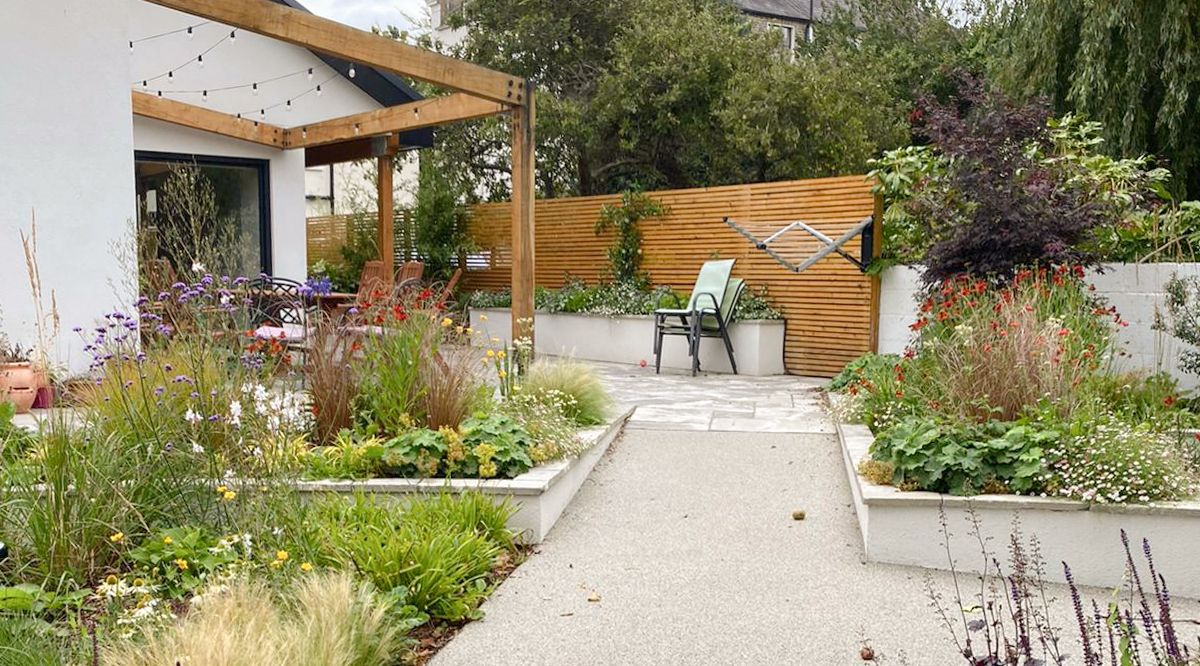Heat Pump Efficiency in Older Buildings
Considerations to keep in mind when you are looking to upgrade your heating system

Introduction
Heat pumps have become increasingly popular in recent years as a way to heat homes more efficiently. However, many of our clients are wondering whether it makes sense to install heat pumps in older buildings. After all, older buildings may not have the same insulation and energy efficiency as newer buildings, which will impact the overall efficiency of a heat pump system.
Benefits of Heat Pumps
One of the main reasons to consider installing a heat pump, whether air or water sourced, is the potential for energy savings. Heat pumps are highly efficient heating and cooling systems that can save homeowners and building owners a significant amount of money on their energy bills. They work by transferring heat from one place to another, in a similar manner to a refrigerator, rather than generating heat like a traditional boiler. This means that they use less energy and produce fewer emissions, making them a more environmentally friendly option.
Another reason to consider installing a heat pump in an older building is that it can improve indoor air quality. Many older buildings have poor insulation and ventilation, which can lead to mould, mildew, and other indoor air quality issues. A heat pump combined with a heat recovery system can help improve indoor air quality by circulating fresh air throughout the building and removing pollutants and allergens.
Upgrades and Considerations
Older dwellings will not have the same insulation and energy efficiency as newer buildings and may put too much demand on a heat pump system as it runs inefficiently while struggling to heat the property. As part of a deep retrofit, where the heat pump is one element of an overall upgrade, it starts to make more sense as upgrades to the building fabric, such as adding insulation, sealing air leaks, and upgrading windows and doors, allow the unit to run more efficiently and within its manufacturer’s specification. Well considered, these upgrades will also improve the overall energy efficiency of the building, which can save money on energy bills in the long run.
Another consideration is the cost of the installation. Installing a heat pump in an older building is likely to be more expensive than installing one in a new building due to the need for these additional upgrades, which can be invasive and impact the building fabric and systems. This tends to be of most concern when we are working with protected structures; however, the long-term energy savings, the availability to access grant funding through SEAI and the improved indoor air quality can make the investment worth it in the long run.
Conclusion
While there may be some challenges to installing a heat pump in an older building, the potential for energy savings and improved indoor air quality make it a worthwhile investment. It's important to consider the cost of installation and the need for any upgrades to the building, but the long-term benefits can be well worth it.
Articles










